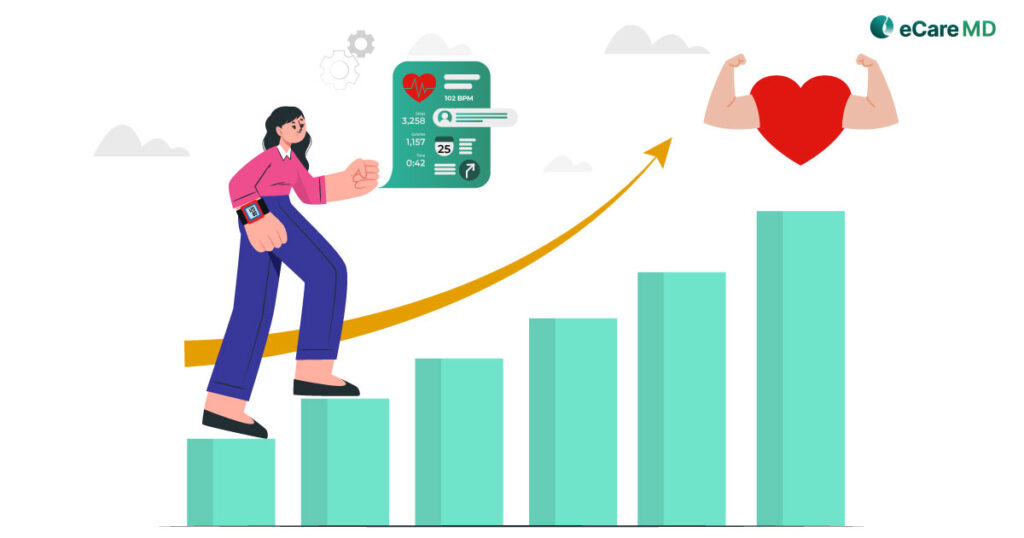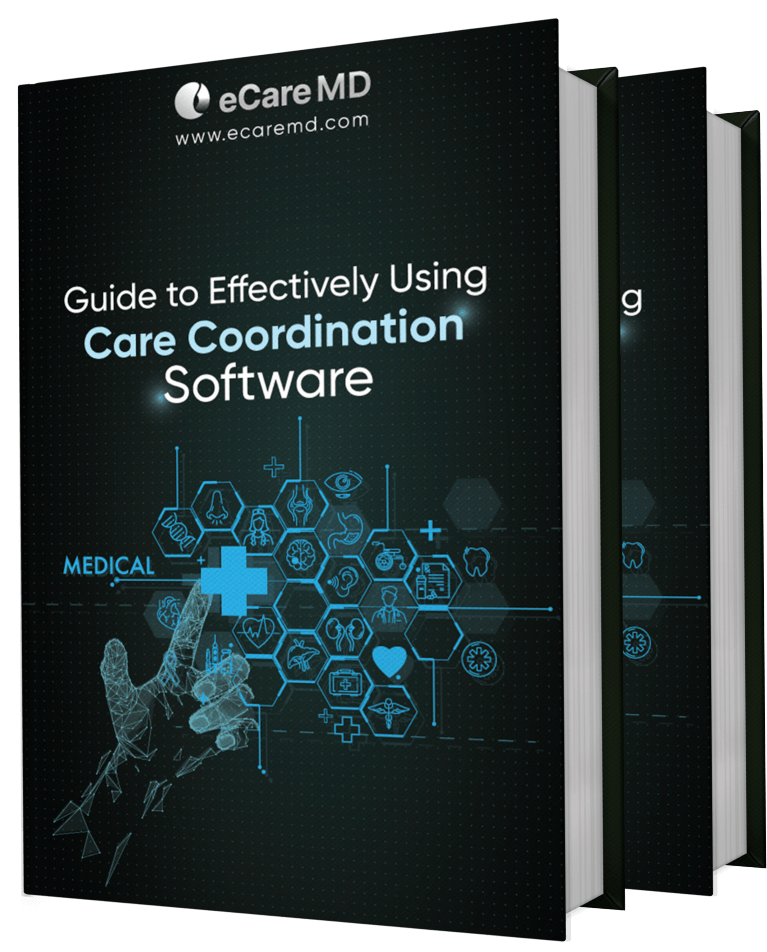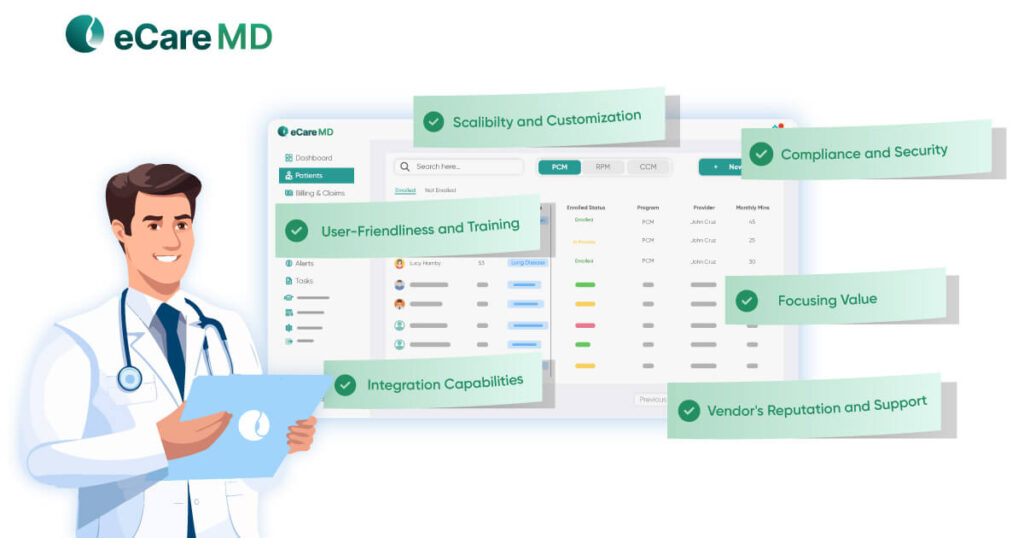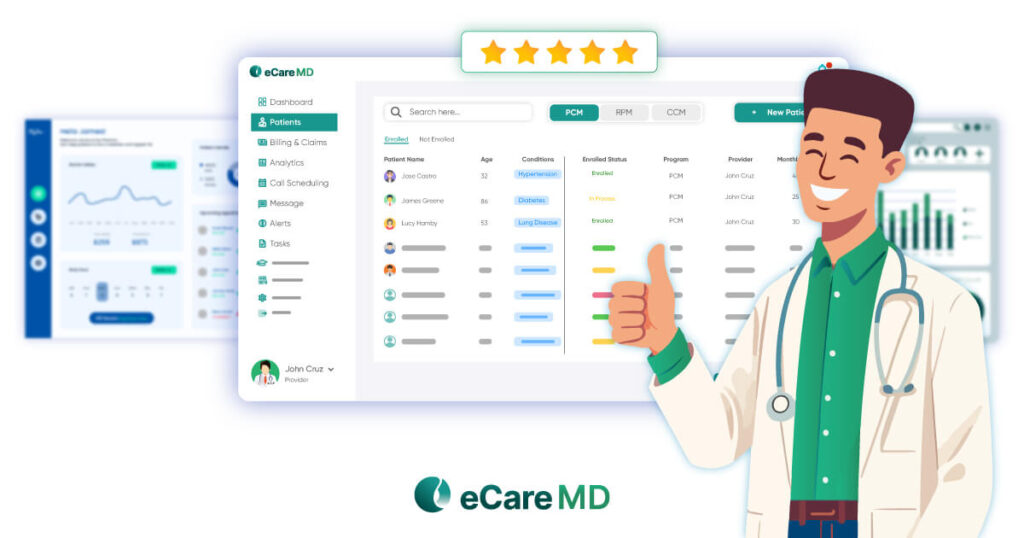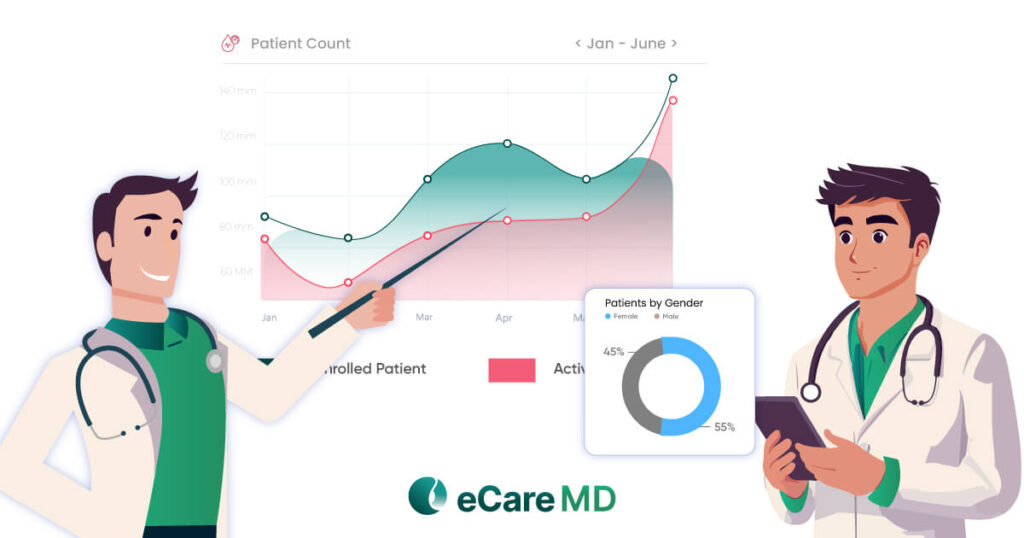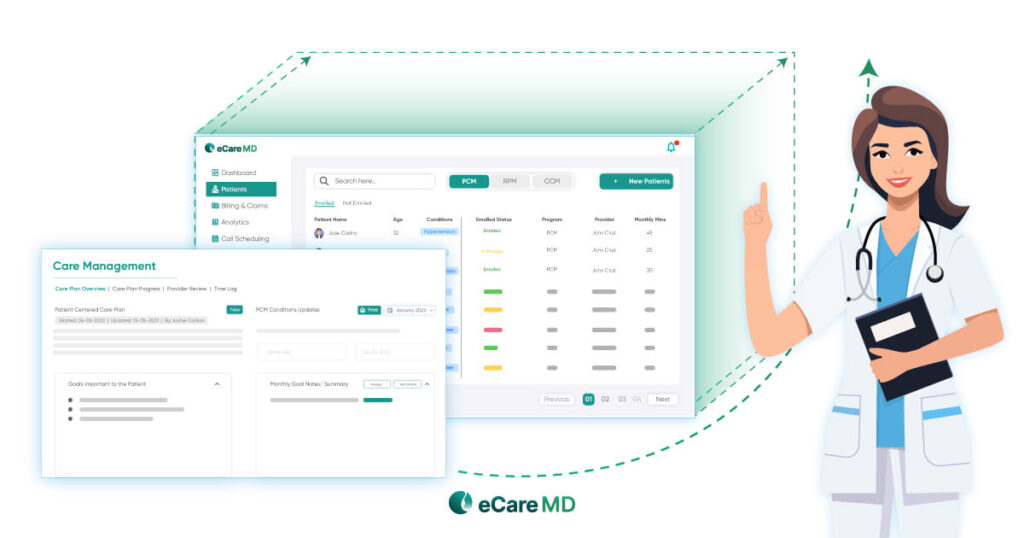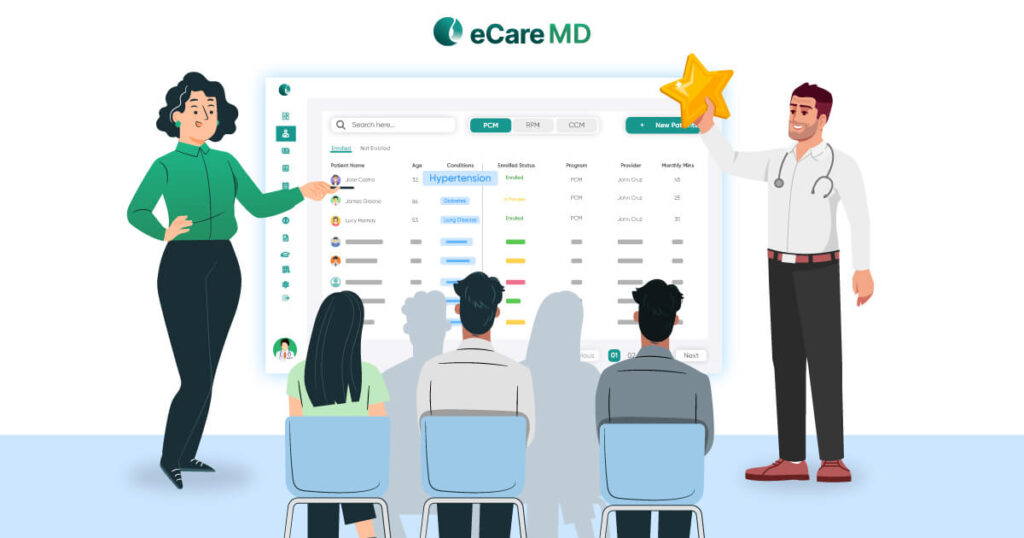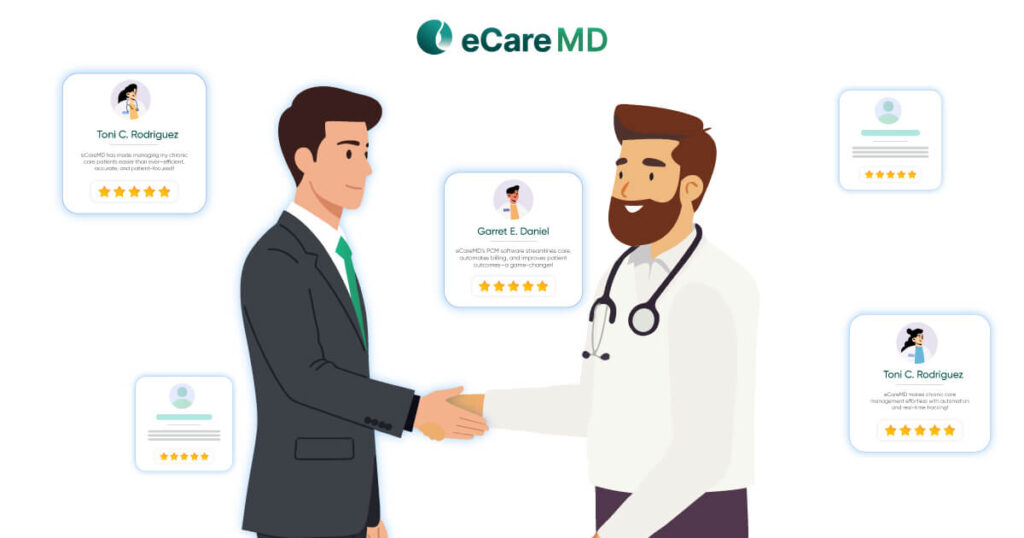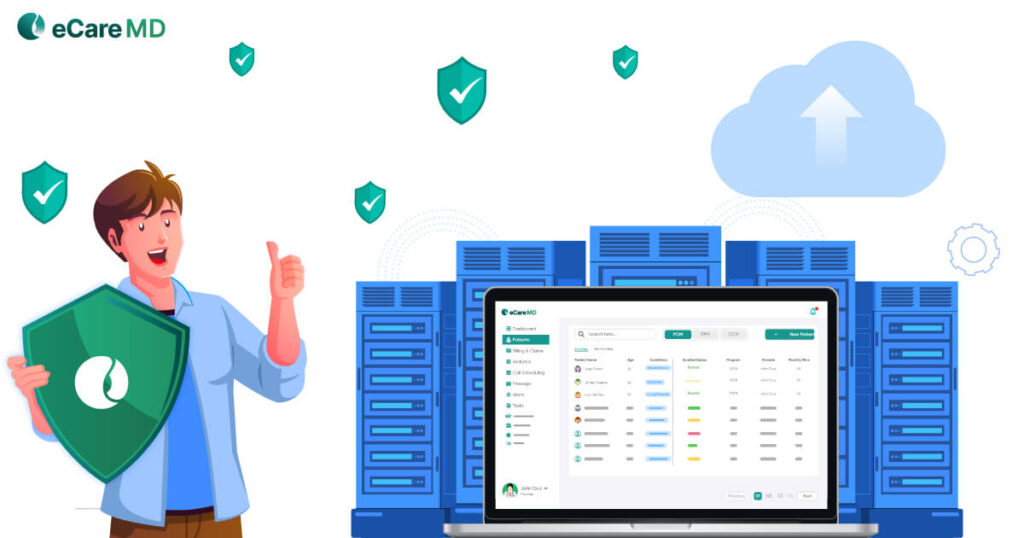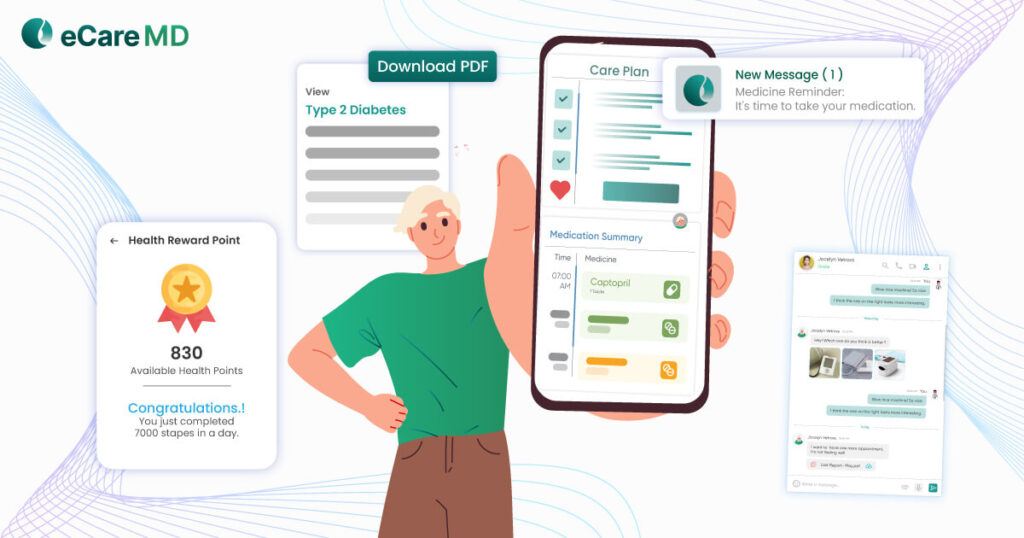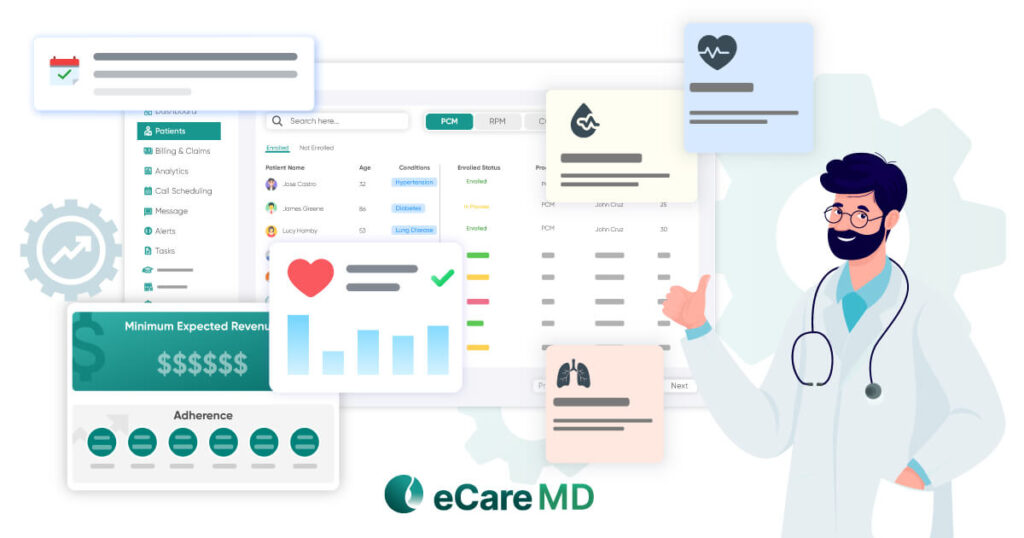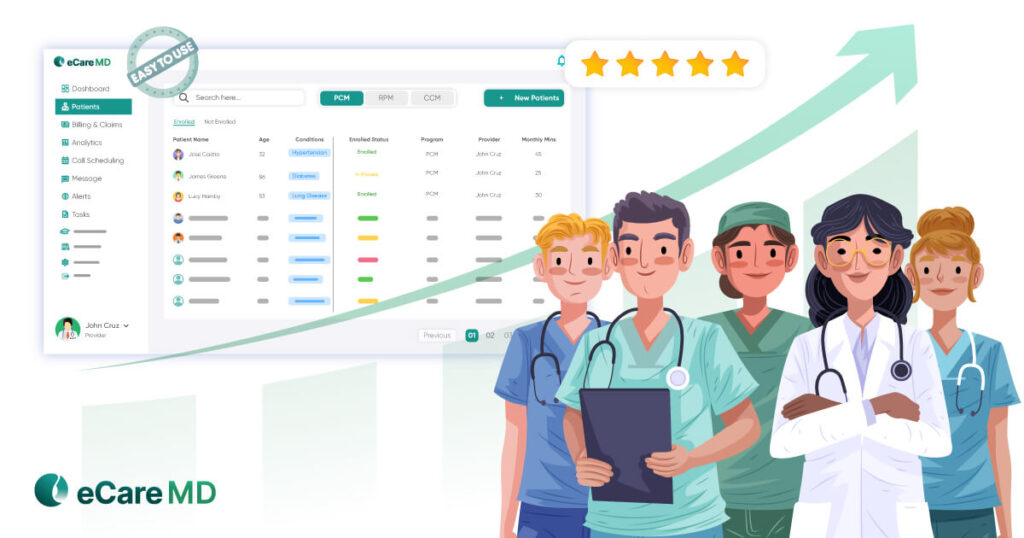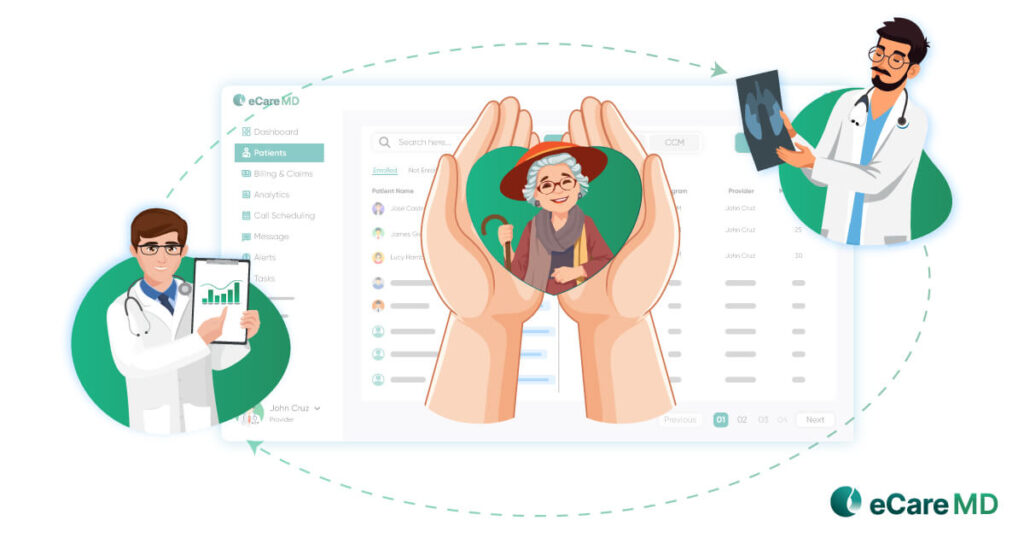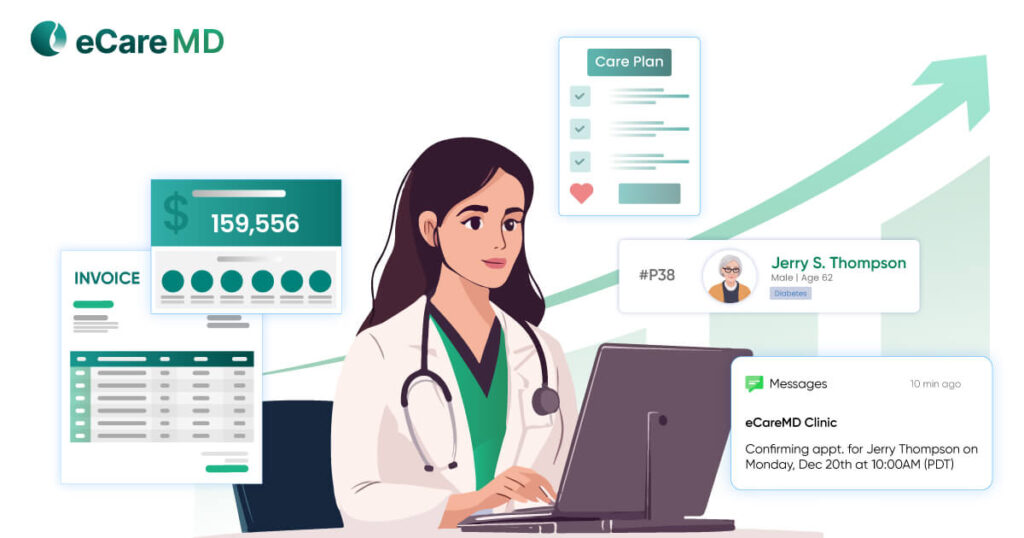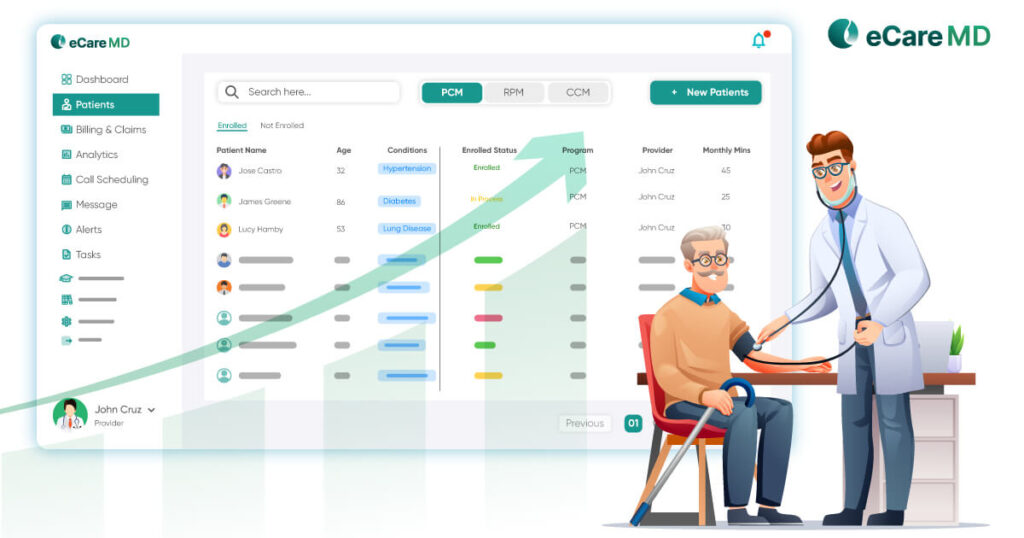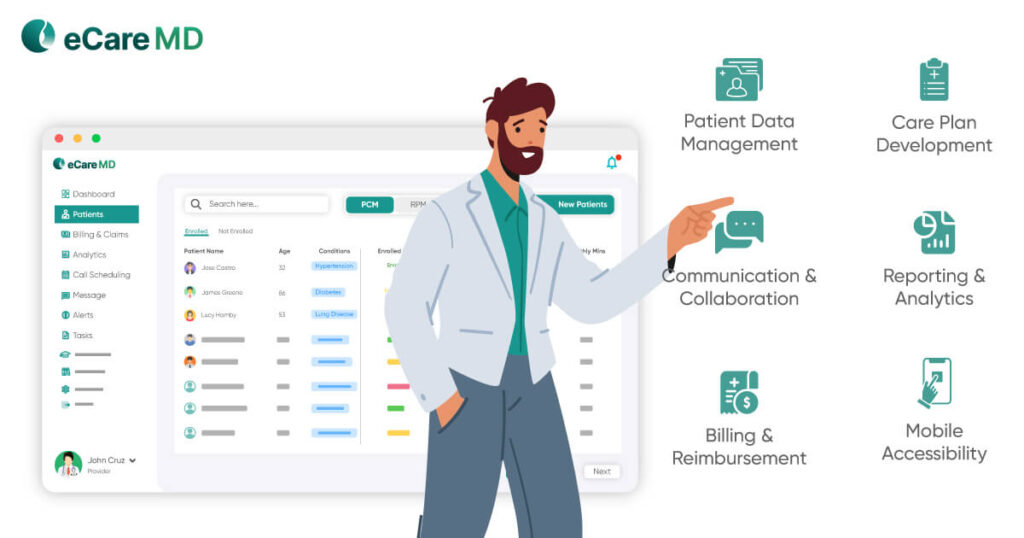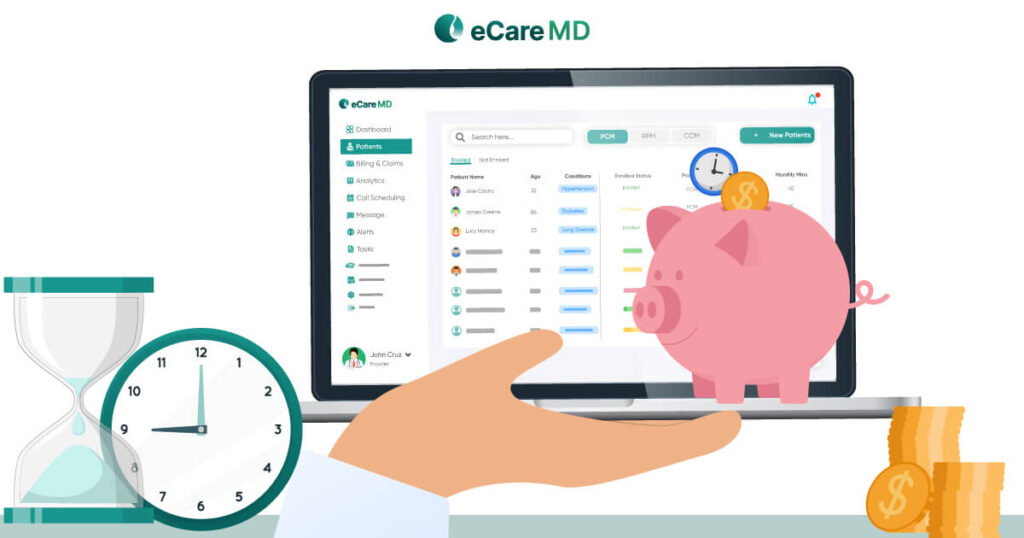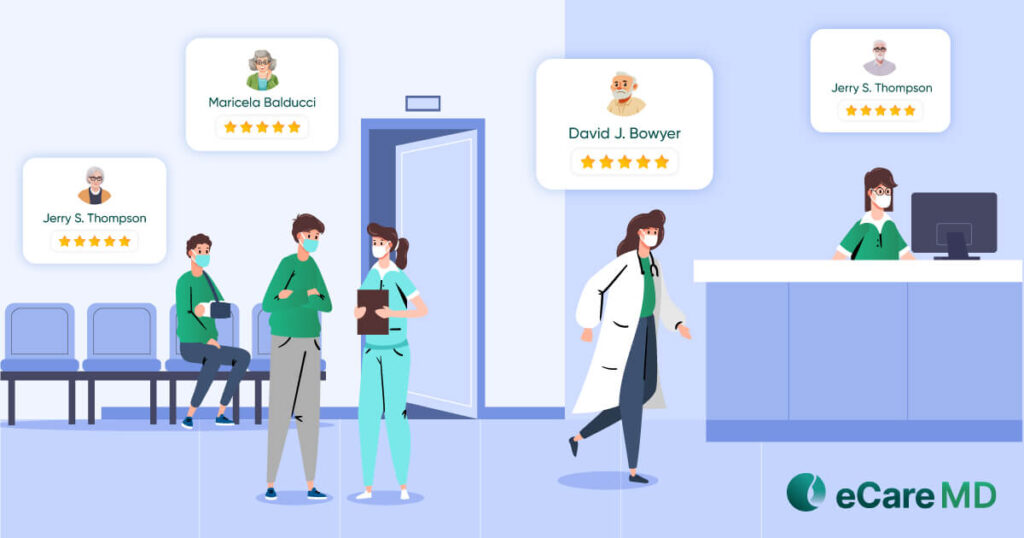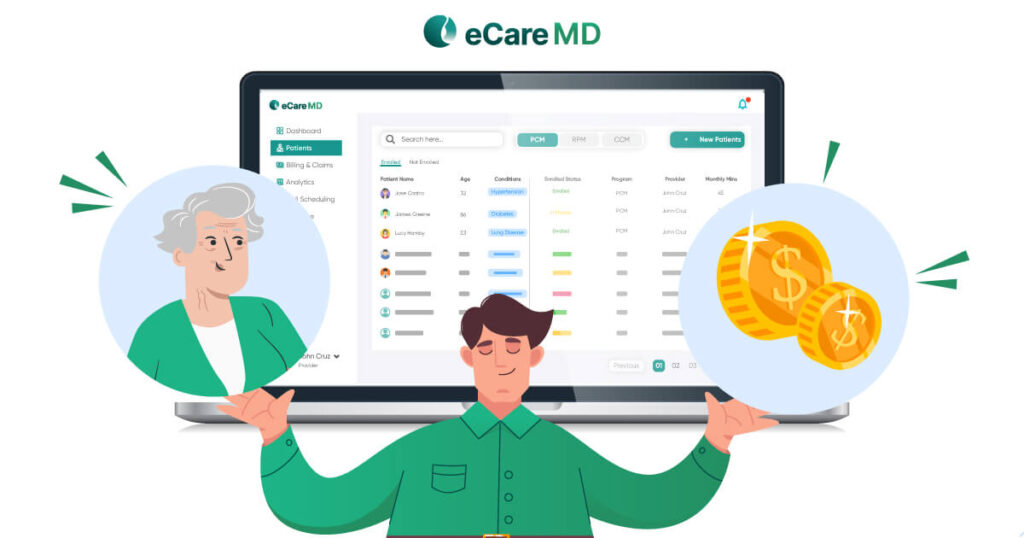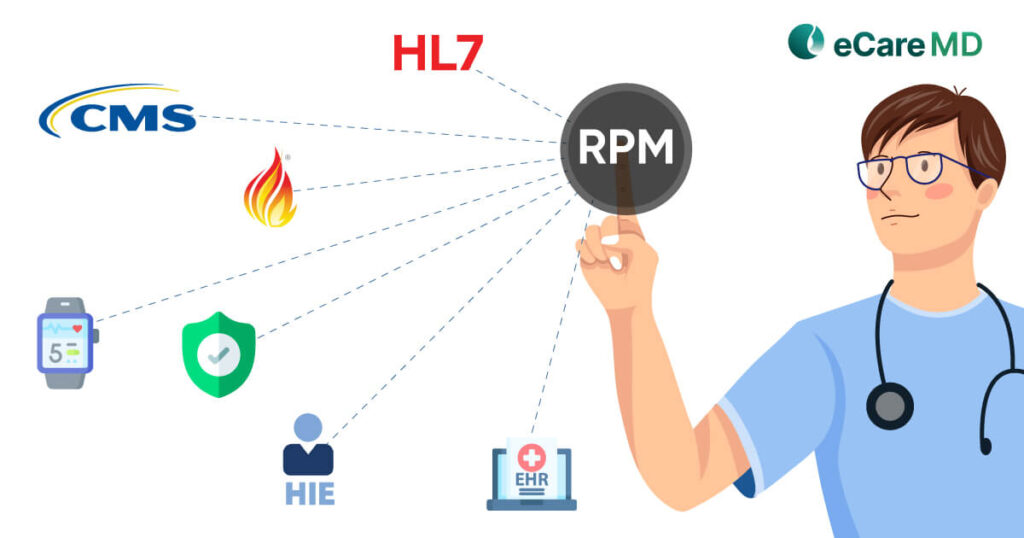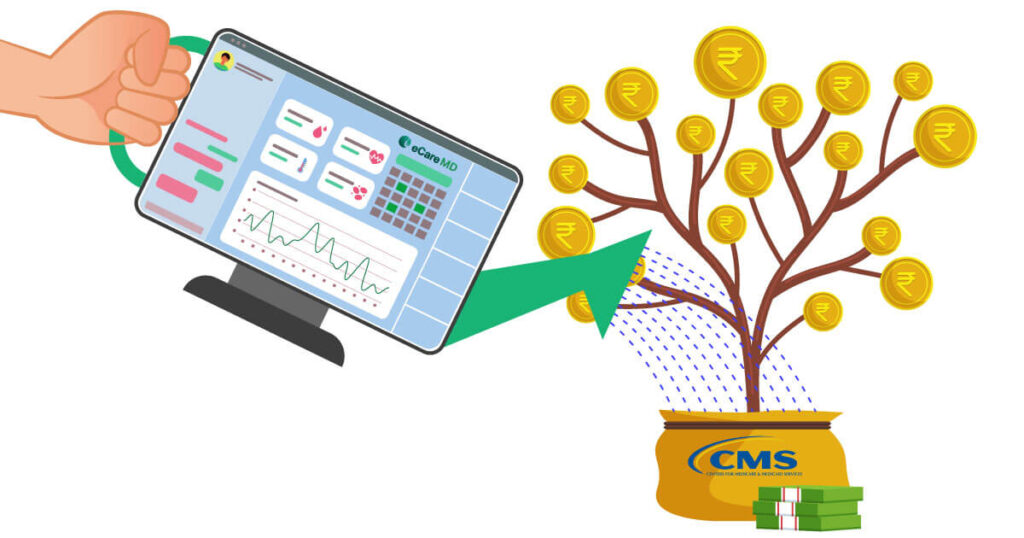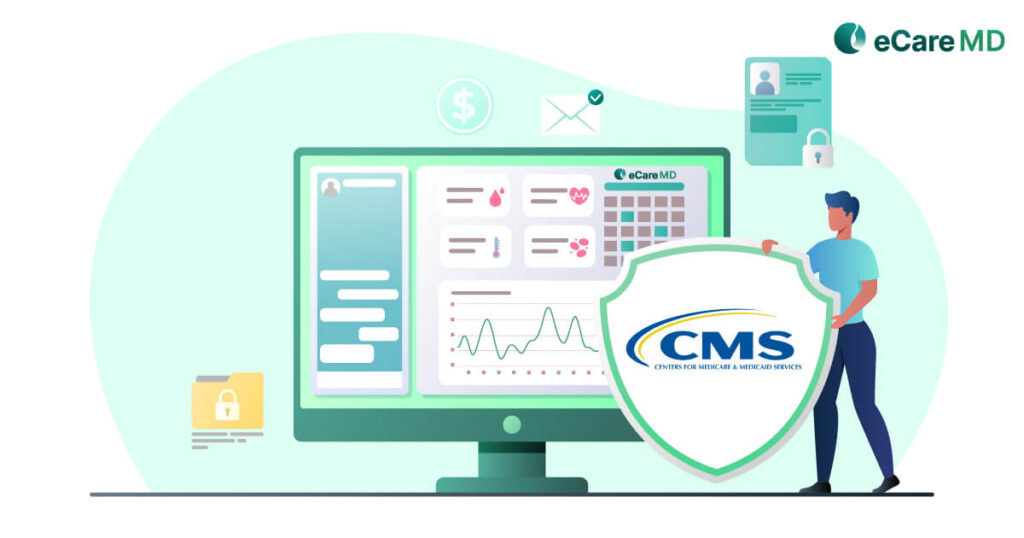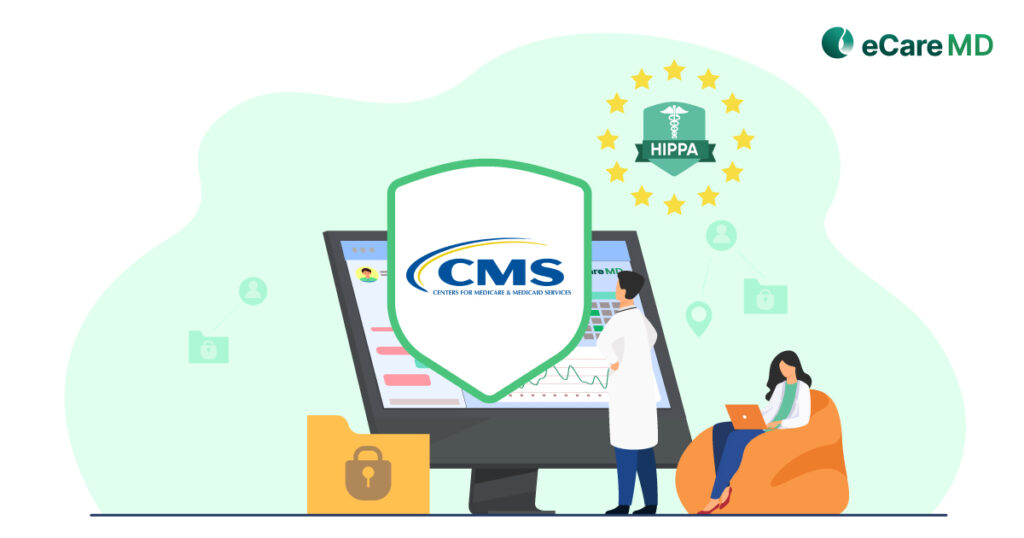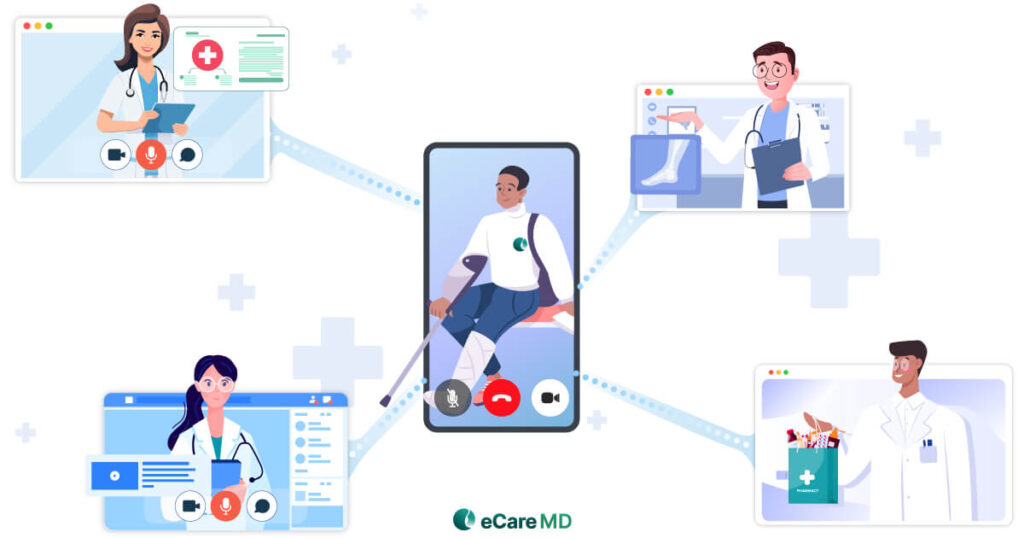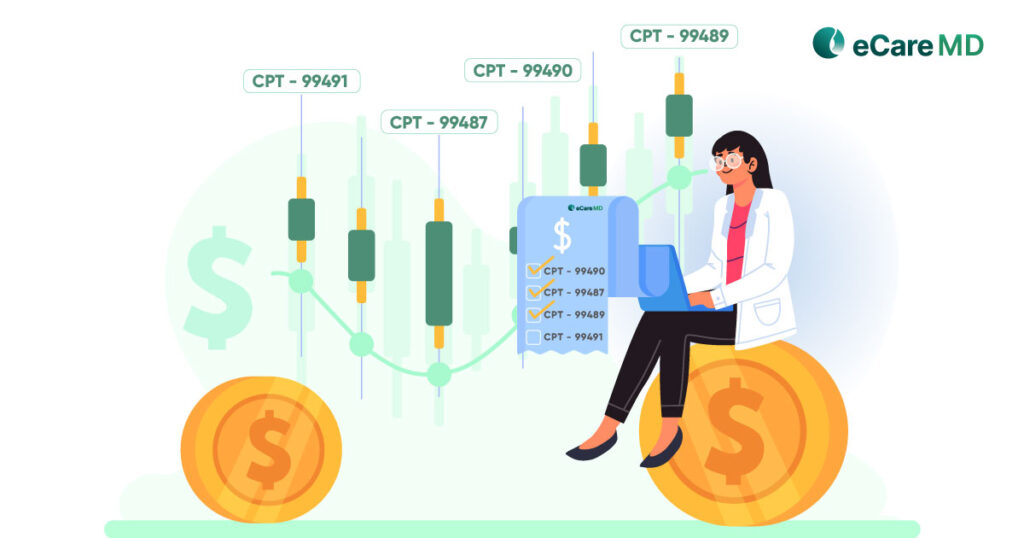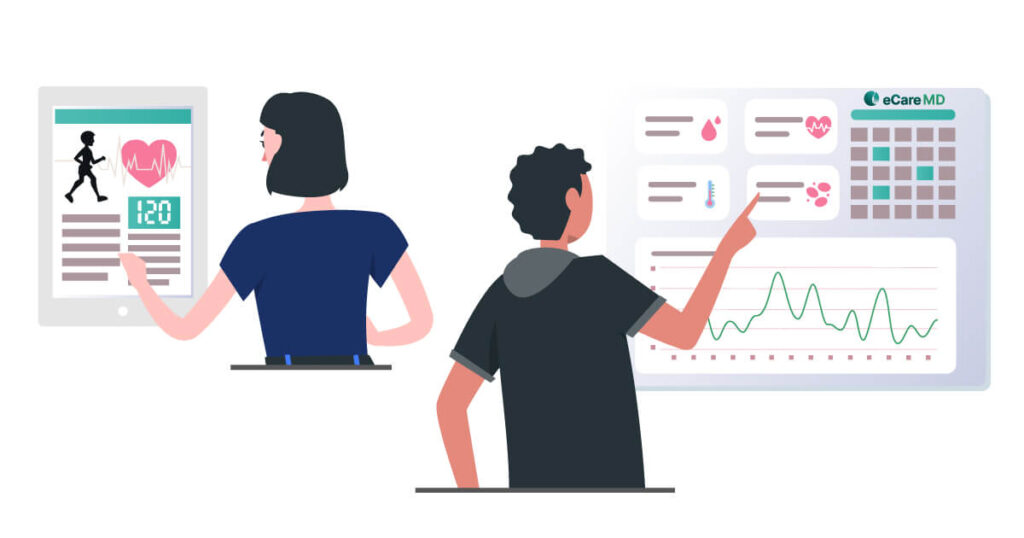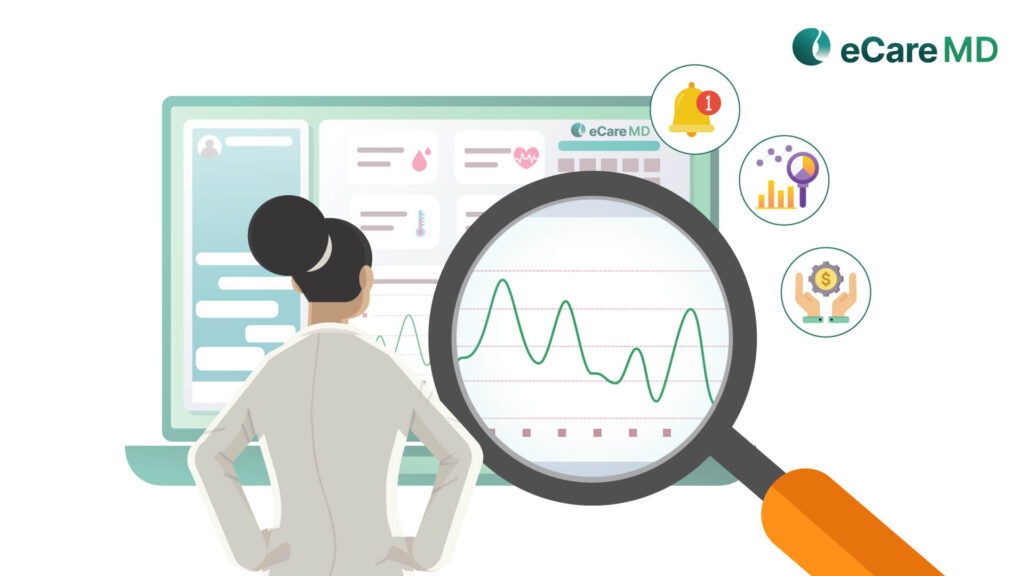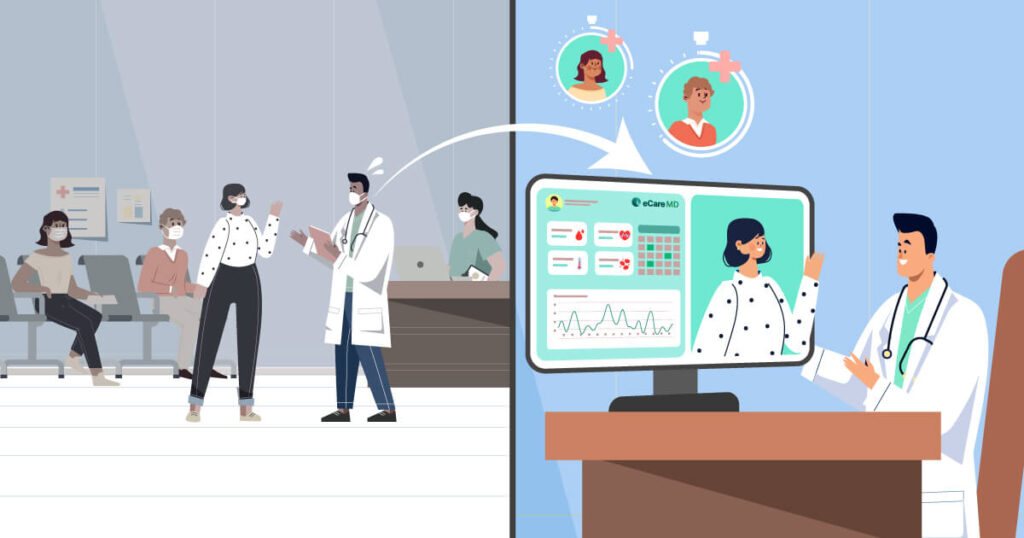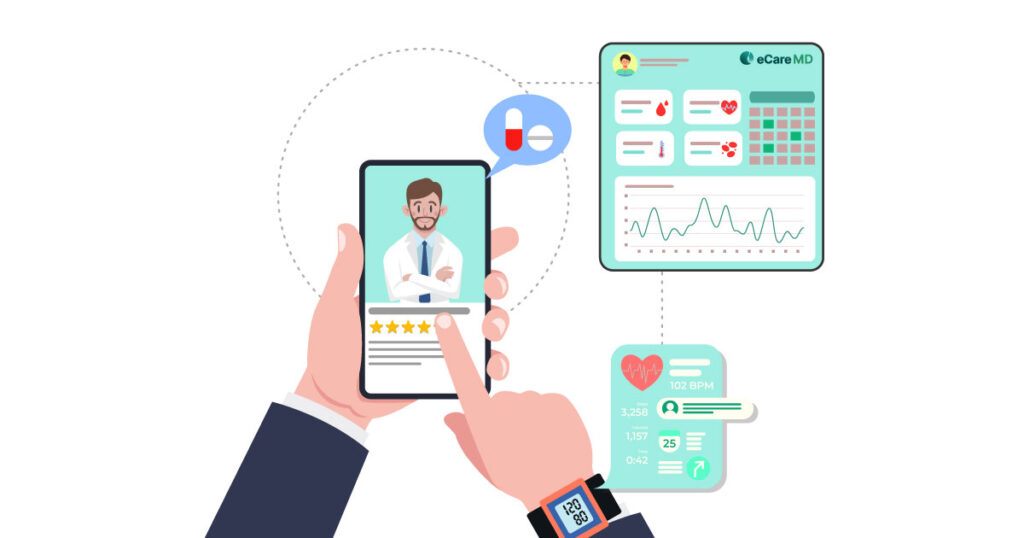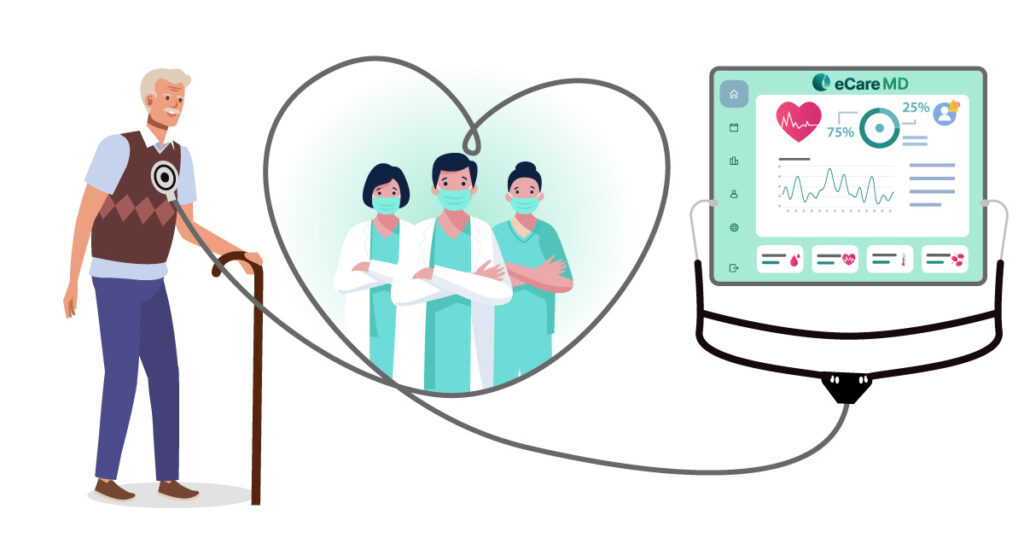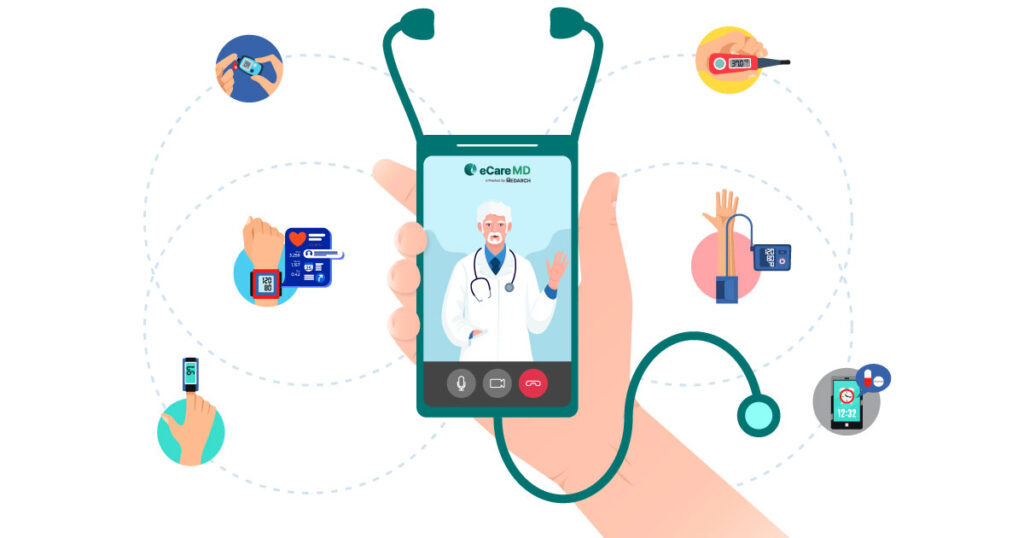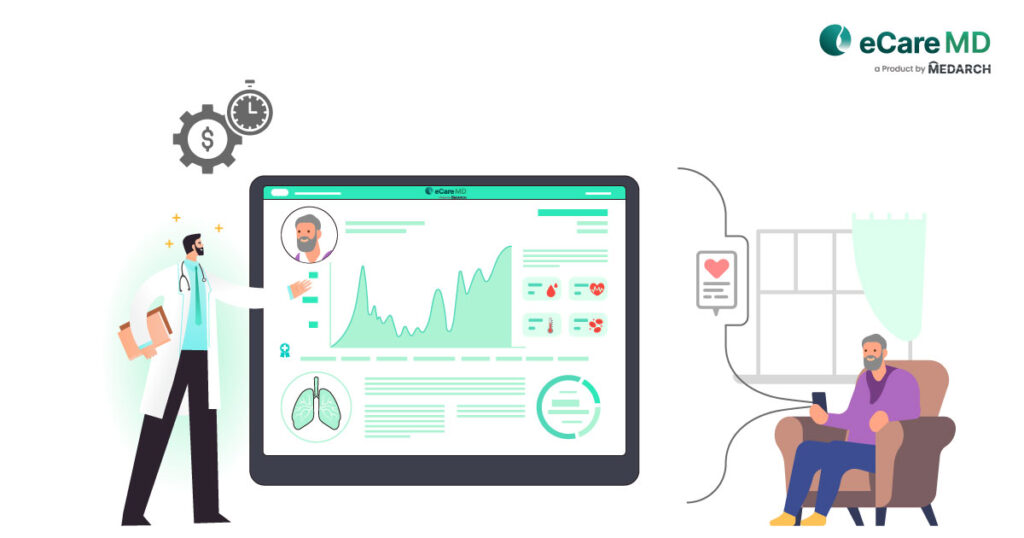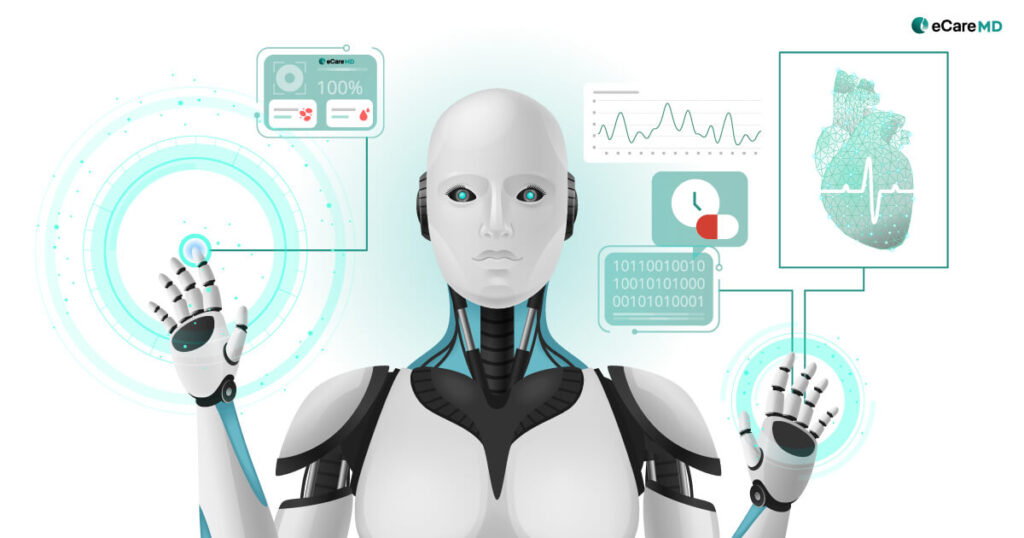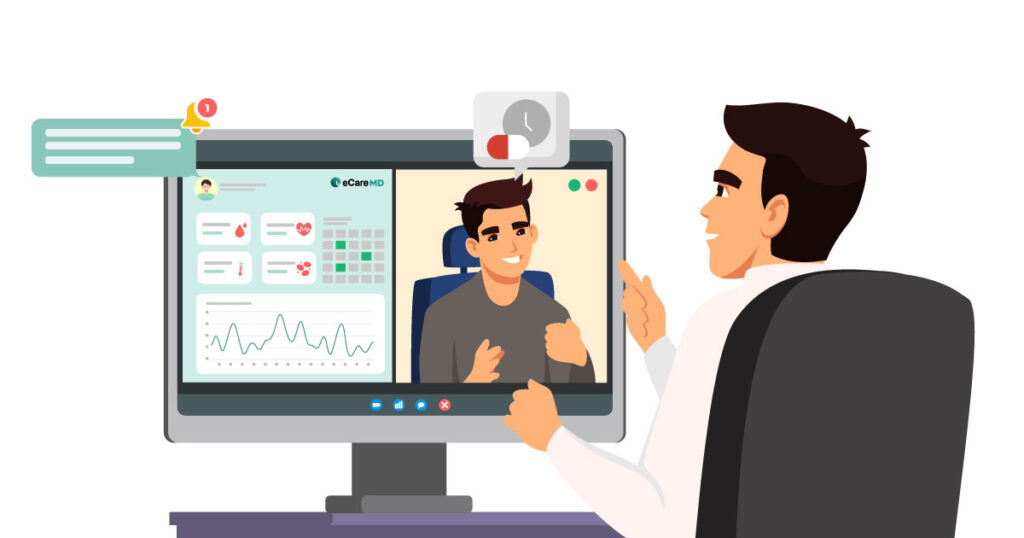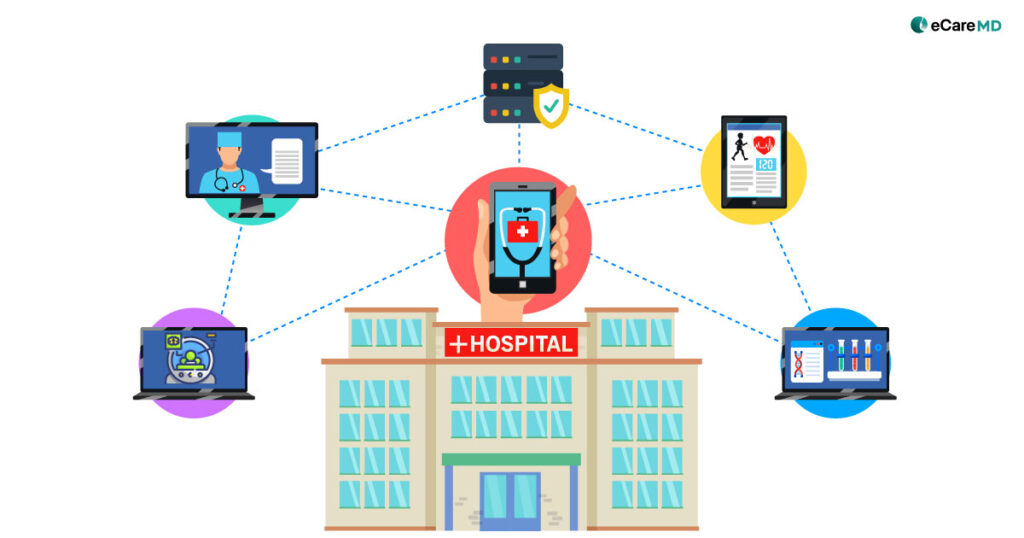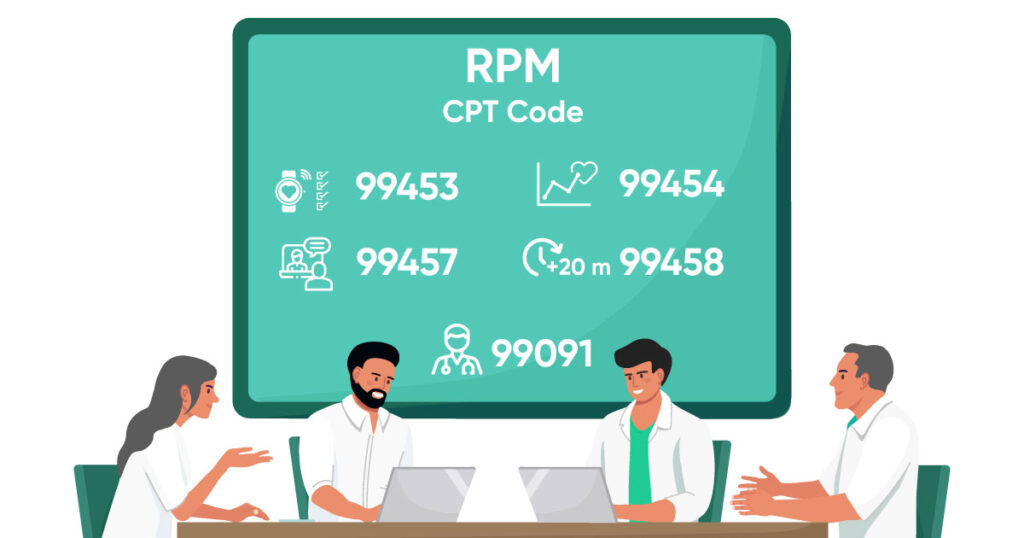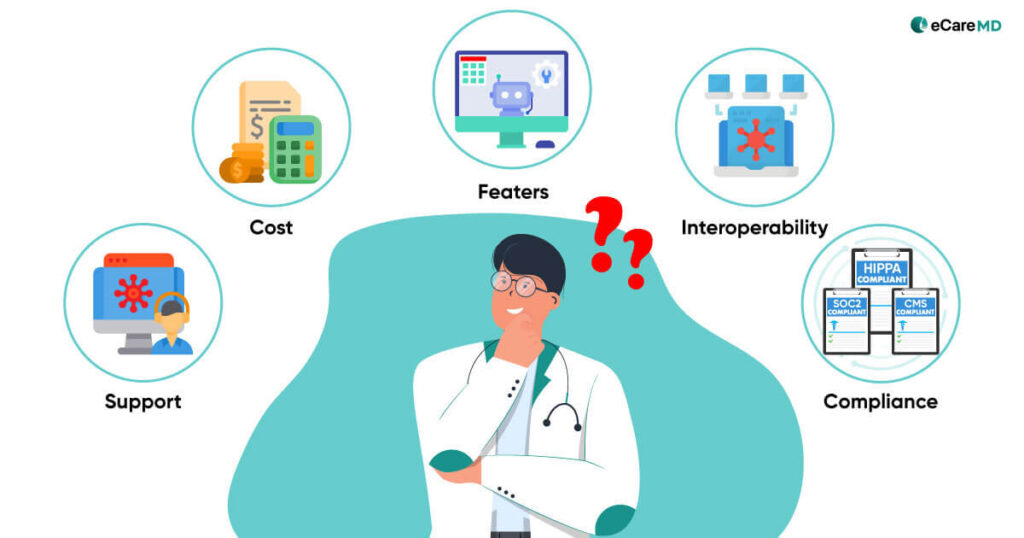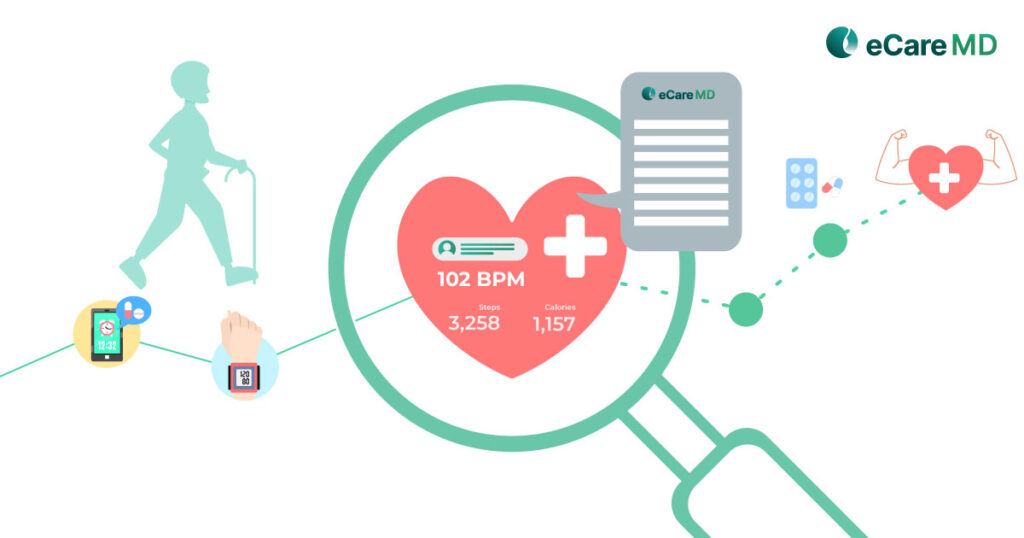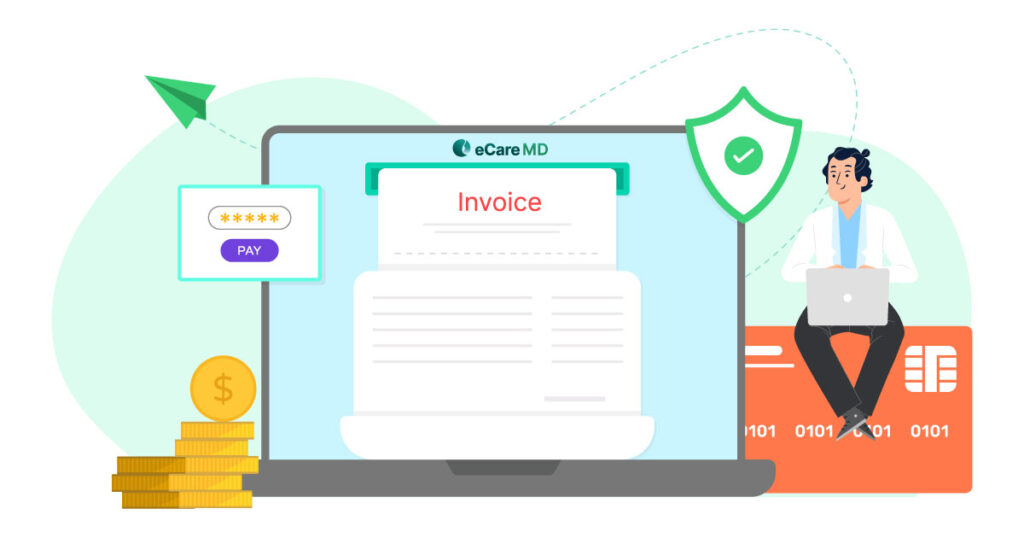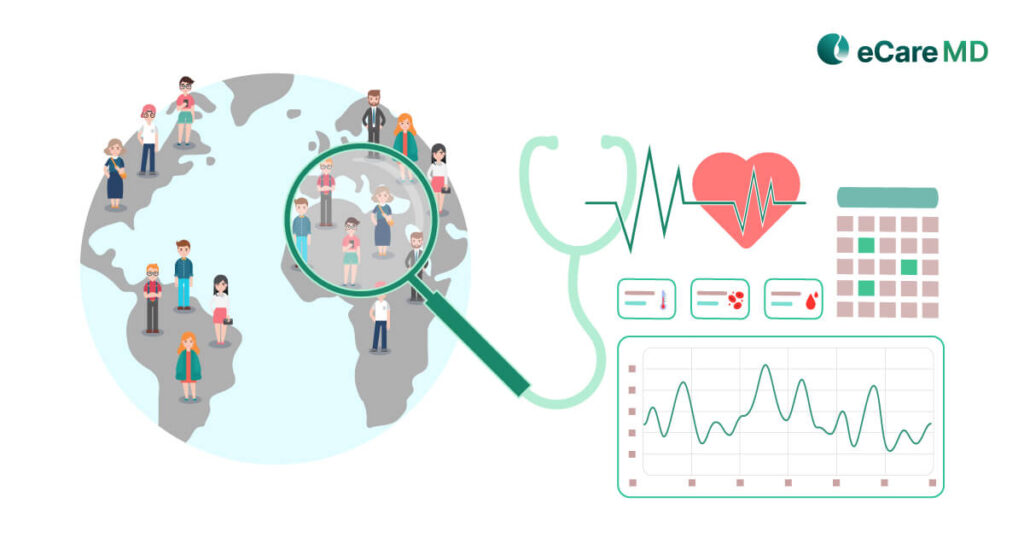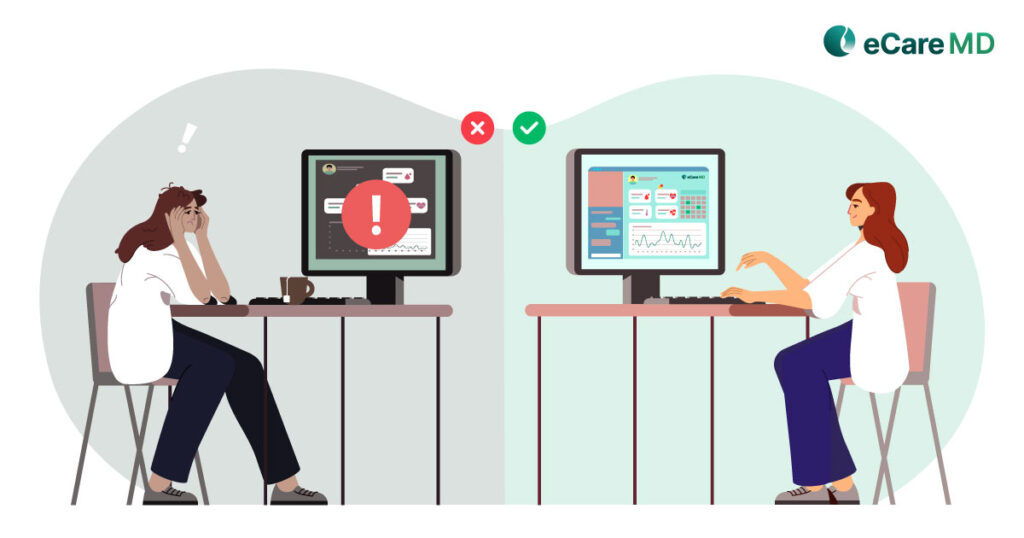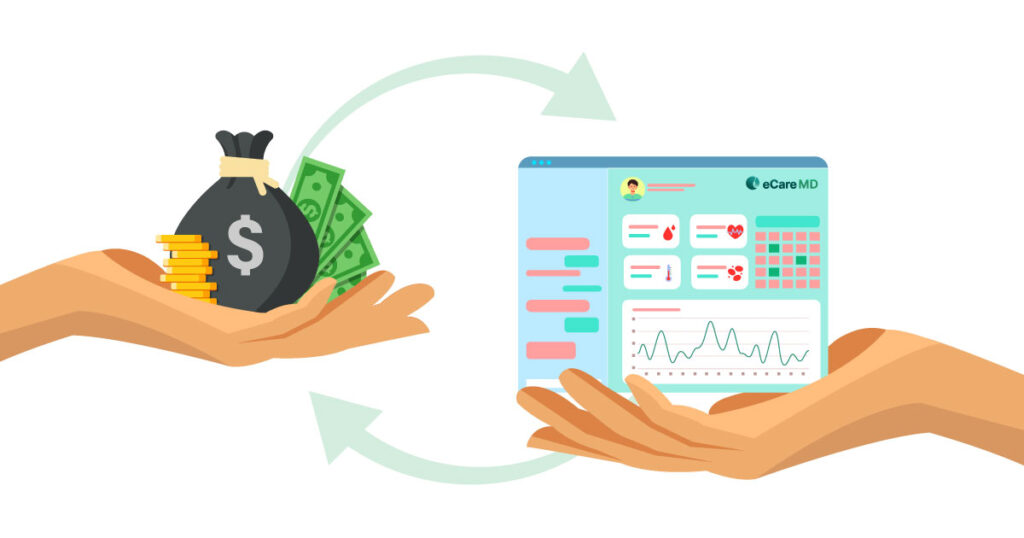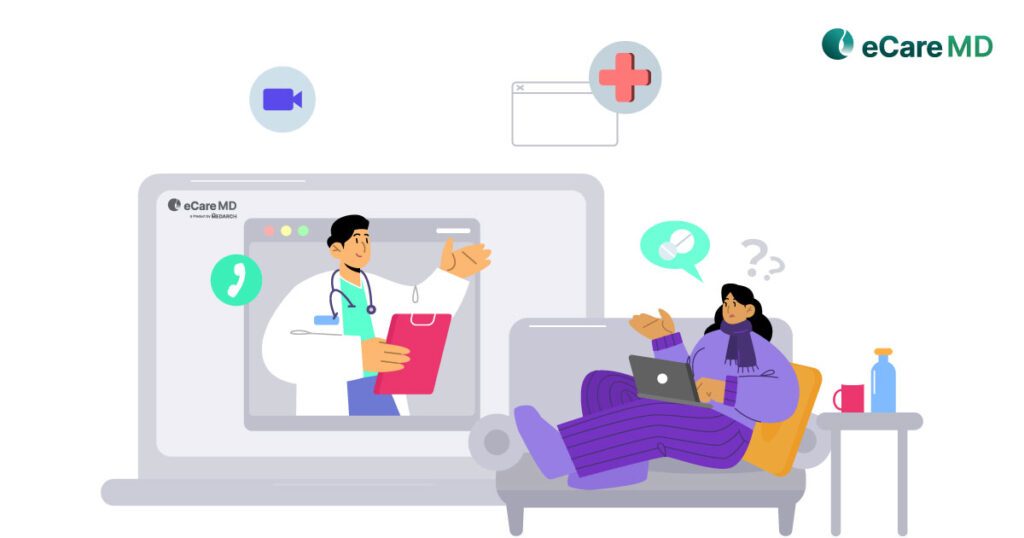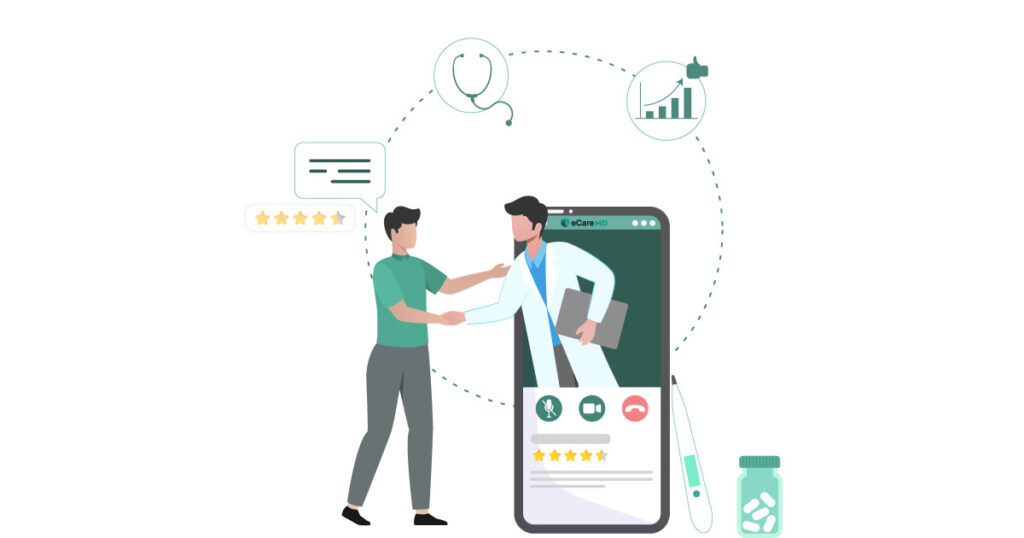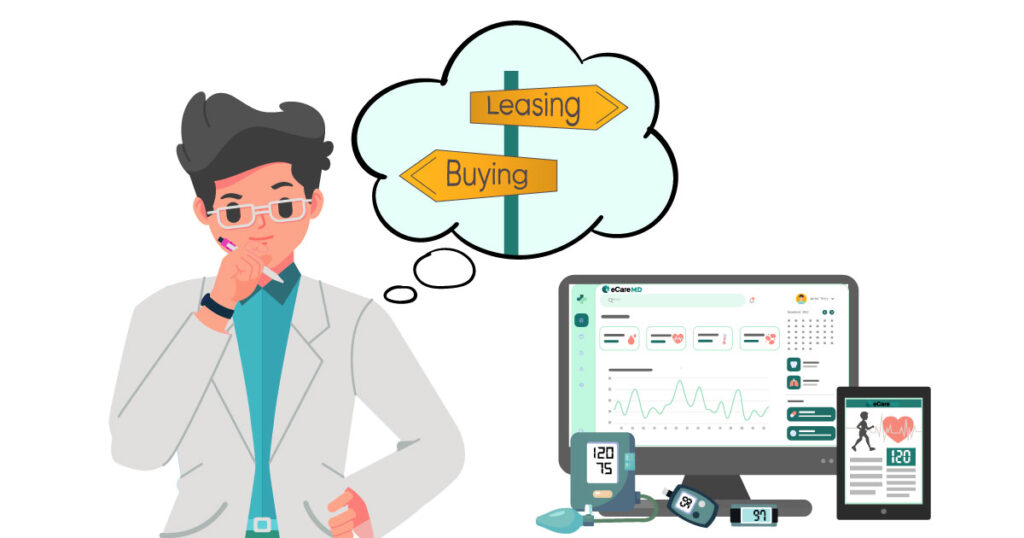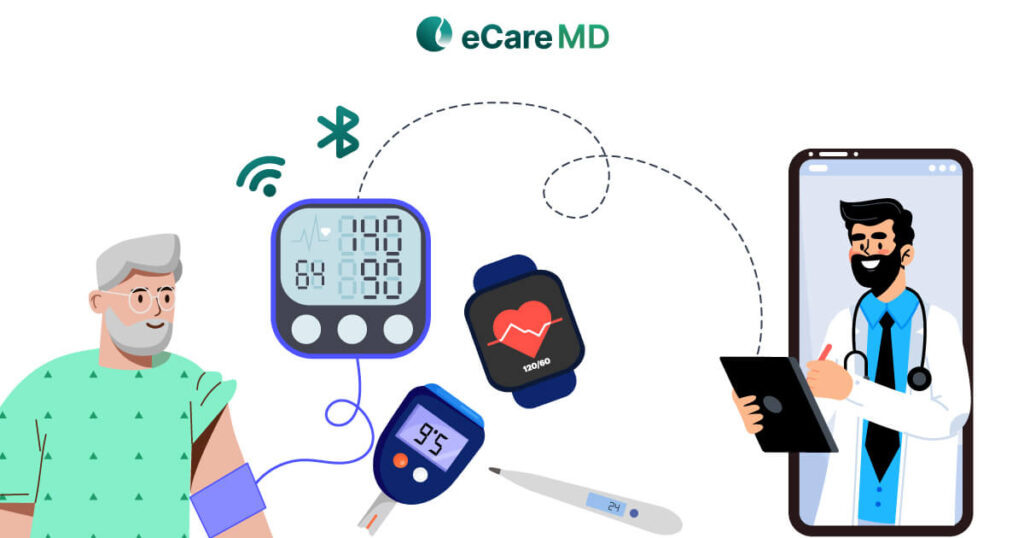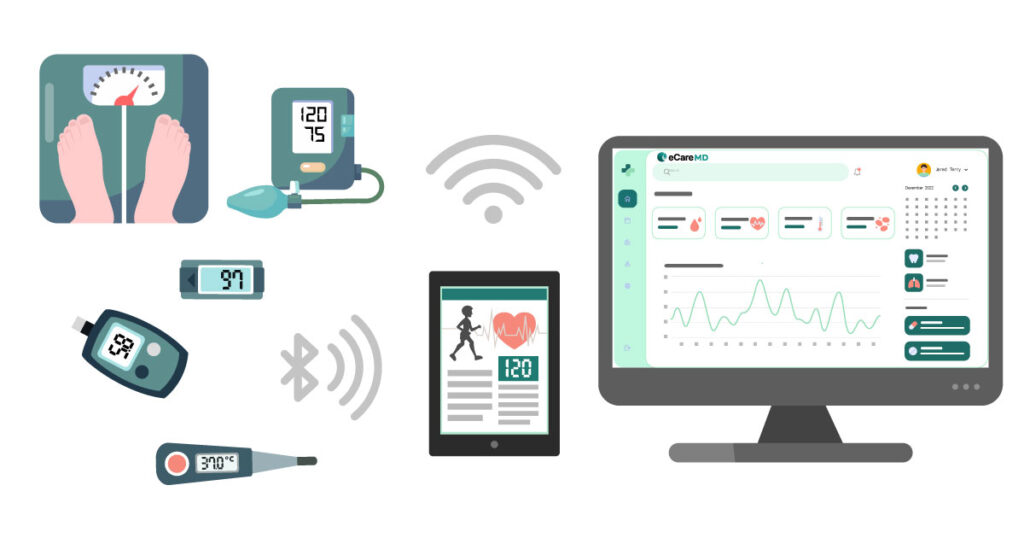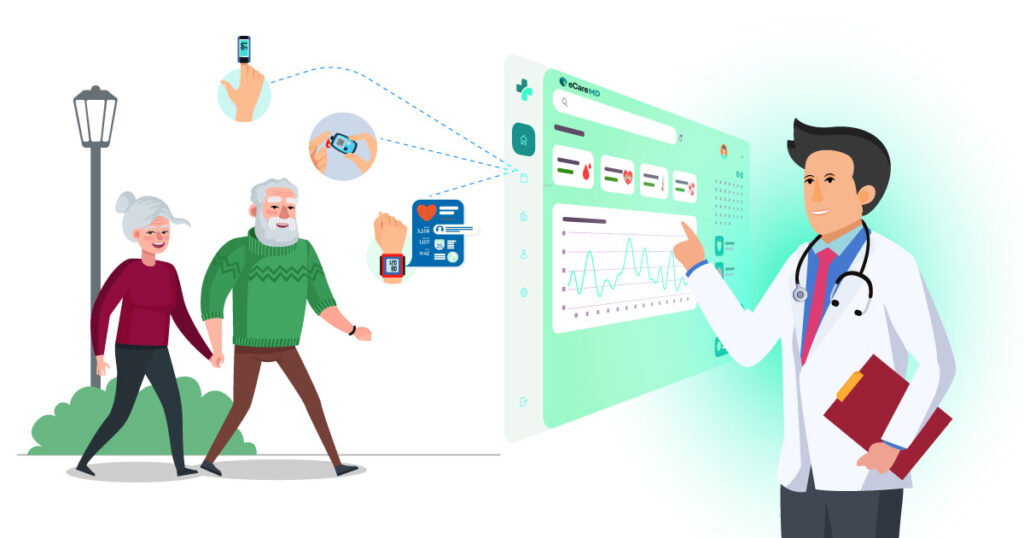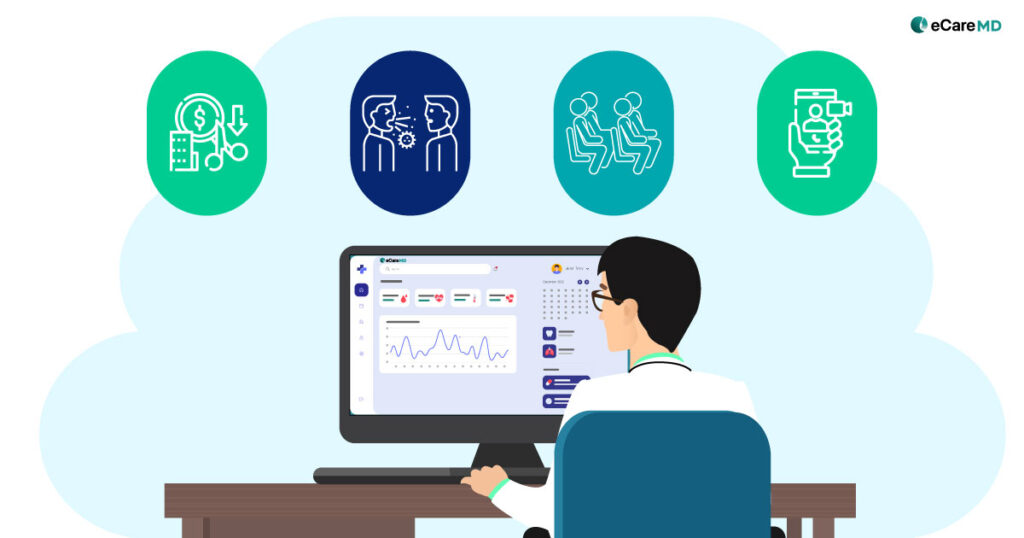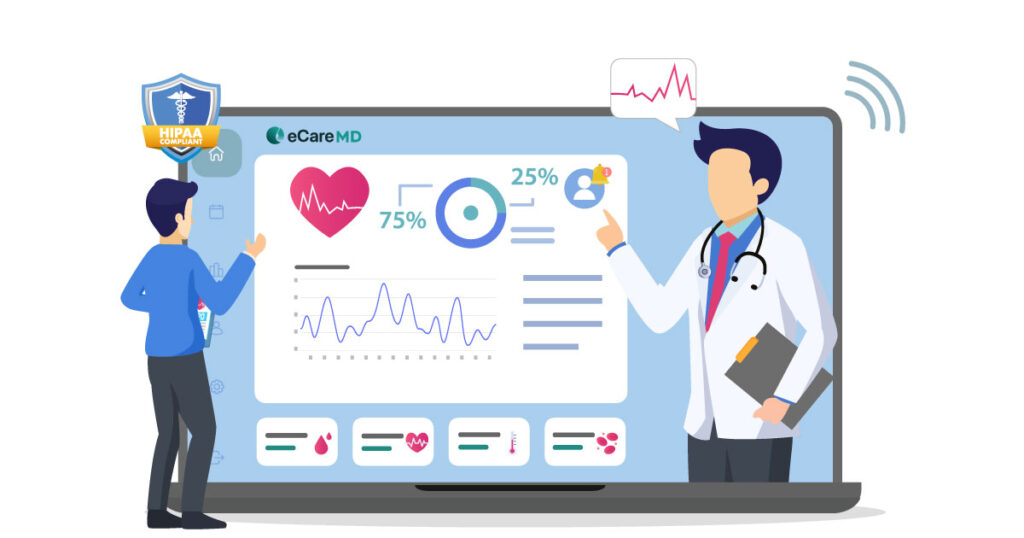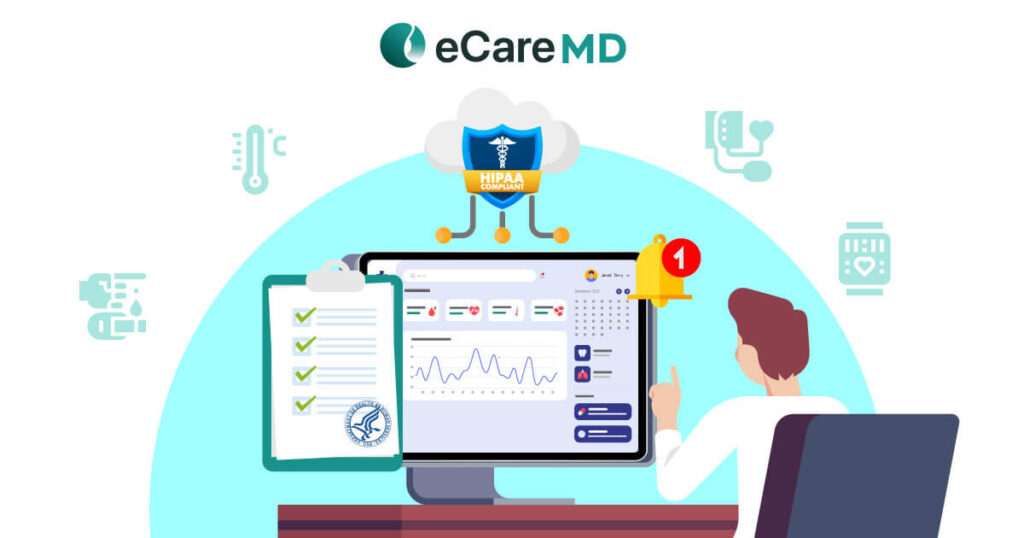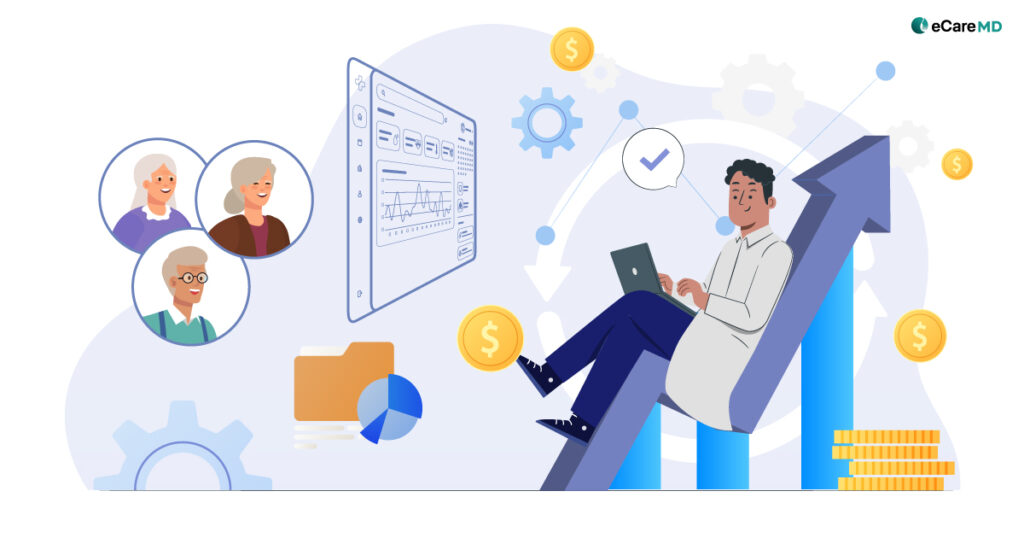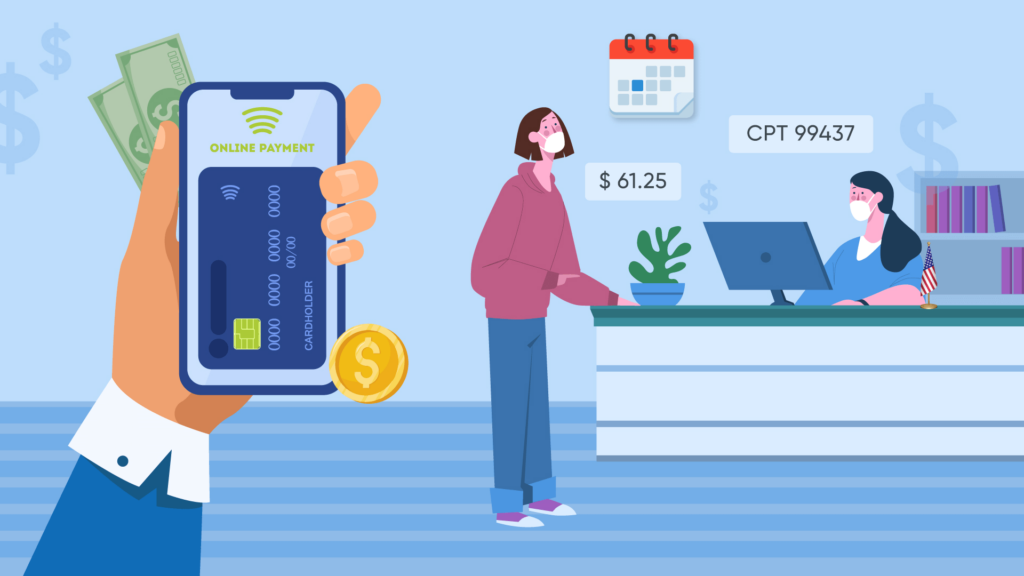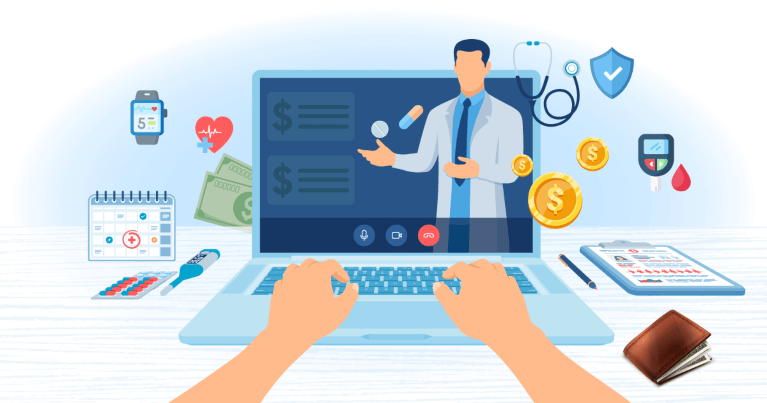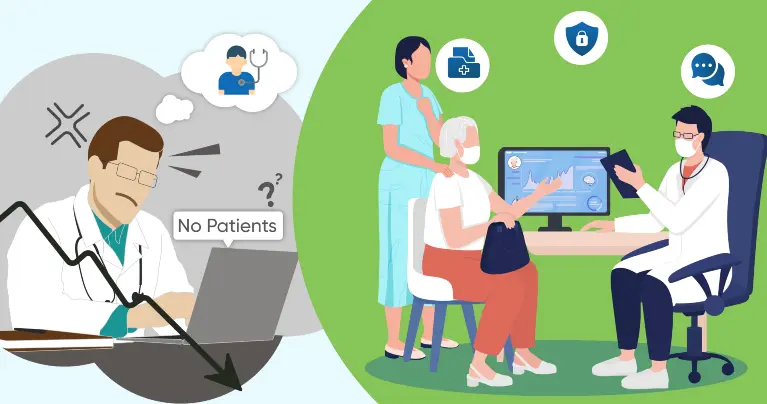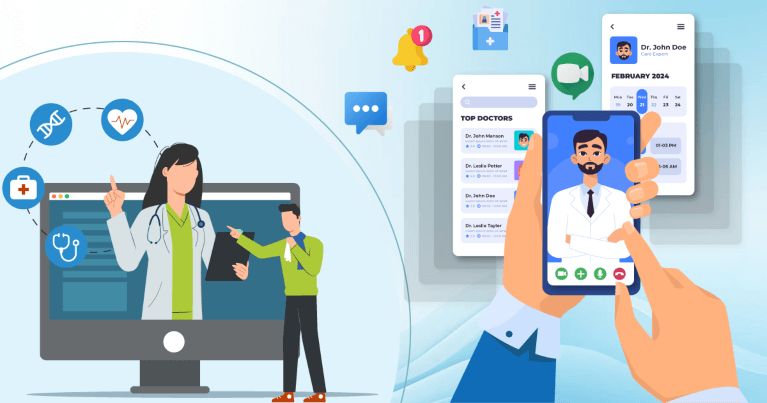The rising popularity of virtual care has made remote patient monitoring one of the core aspects of every care practice. Imagine interacting with patients on your mobile or laptop and receiving their health details in real time. Moreover, you will only meet the patient physically when it is extremely necessary.
However, this study shows some interesting numbers about remote monitoring, where patient participation was as high as 80% across 41 states.
Download Free eBook - Optimizing Patient Engagement in Remote Patient Monitoring Programs
Download nowBuilding the Foundation for Effective Patient Engagement in Healthcare

When you are looking to start your CMS Remote Patient Monitoring program, understanding that higher patient engagement will directly contribute to program success and improved outcomes is necessary. Furthermore, your RPM software solves most of the challenges of patient engagement in Remote Patient Monitoring, all you need to do is create a solid foundation with a strategic approach to keep the patients engaged.
1. Address Patient Concerns
Despite the lucrative studies that show 4 out of 5 Americans in favor of using remote patient monitoring, they still have concerns while receiving virtual consultation. Being a healthcare provider starting a CMS RPM program, you need to address their concerns and implement effective strategies to gain their attention and increase their engagement with their health.
2. Set Clear Expectations
Optimizing the Patient Experience

1. User-Friendly Technology
While providing the RPM devices, hand out an instruction guide on how to use them. Along with that, the remote patient monitoring software interface should be developed in such a way that it enhances its usability. Some of the best practices to follow are the right placement of buttons and clinical alignment of the software with your practice. However, before this, you need to ensure that all the RPM devices are compatible with the software and do not create confusion in data transmission.
2. Personalized Communication
Patient engagement in remote patient monitoring highly depends on the patient-provider communication. For patients using RPM for chronic disease management, personalized communication can prove to be crucial for high patient engagement.
3. Gamification and Incentives
Empowering Patients through Education

1. Provide Educational Materials
2. Encourage Two-Way Communication
Conclusion
Patient engagement is directly proportional to the patient’s health outcomes and adherence. That is why many providers, including CMS, emphasize higher patient engagement. From giving patients more control of their health with the technology they use to considering their choices, ensure that the patient feels involved in the care plan.
Along with that, encourage them to proactively participate in their care plan and join the support groups and communities to recover faster and better. However, it is the healthcare providers that should have a strategic approach to drive higher patient engagement. Patient engagement is crucial for the success of your RPM program, and the RPM software gives you enough freedom to implement the strategies mentioned above and have a competitive edge over other providers.

